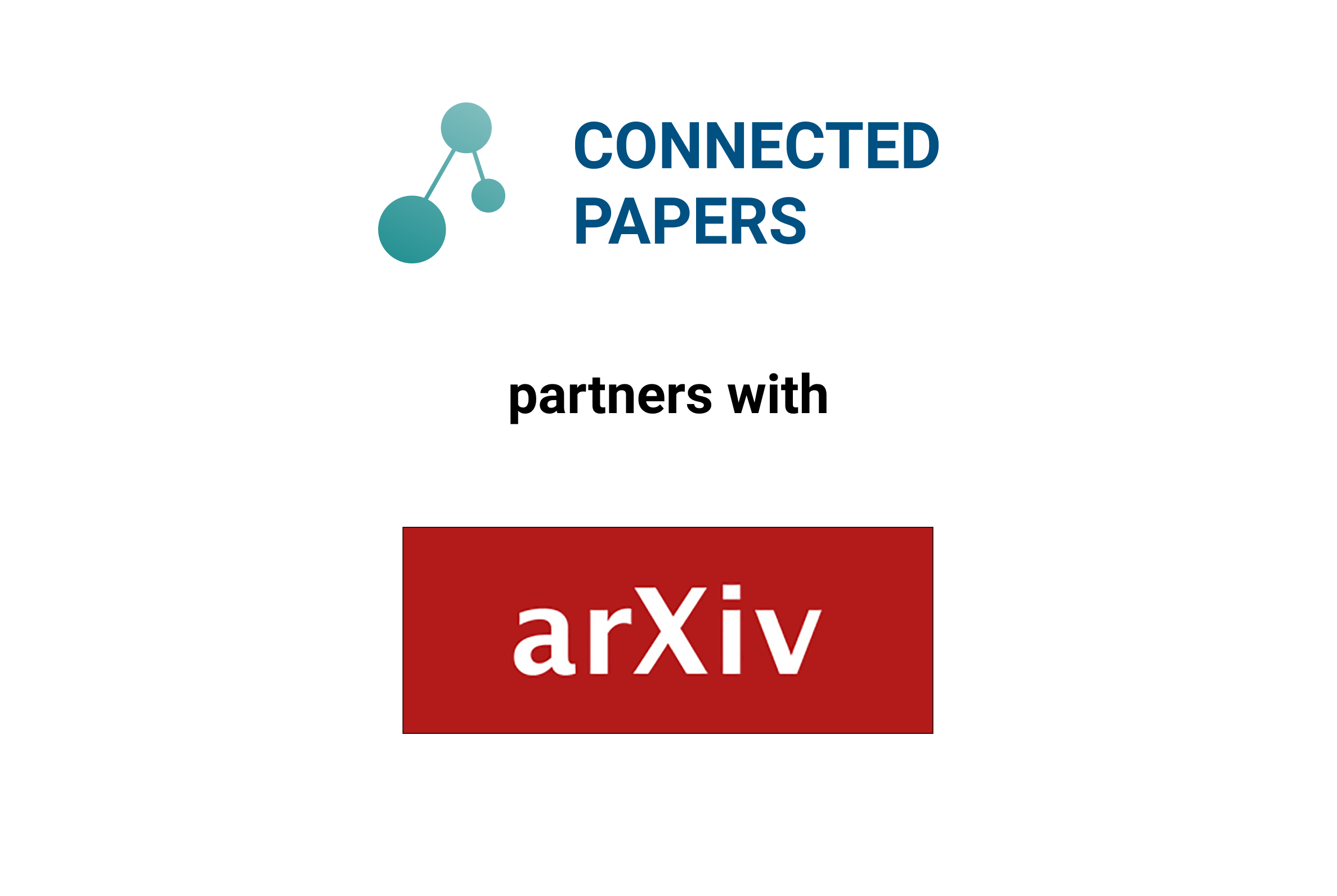Papers with code -> https://www.paperswithcode.com/
Executable Research Articles -> https://elifesciences.org/labs/dc5acbde/welcome-to-a-new-era-of-reproducible-publishing
https://www.zdnet.com/article/graph-analytics-and-knowledge-graphs-facilitate-scientific-research-for-covid-19/
The COVID-GRAPH project is a voluntary initiative of graph enthusiasts and companies with the goal to build a knowledge graph with relevant information about the COVID-19 and the SARS-CoV-2 virus.
https://covidgraph.org/
The Open Research Knowledge Graph (ORKG) aims to describe research papers in a structured manner. With the ORKG, papers are easier to find and compare.
https://www.orkg.org/orkg/
Connected Papers is a free visual tool that helps researchers and applied scientists find and explore papers relevant to their field of work.

https://www.connectedpapers.com/
Reification is mechanism for adding properties to RDF graph edges, thus making them directly translatable to property graphs. Although this is possible, up to now there has not been one standard, agreed upon way to do this. RDF* is a proposal on how to do this, introduced in 2014, which is getting traction in the RDF world.
http://olafhartig.de/slides/W3CWorkshop2019RDFStarAndSPARQLStar.pdf
https://www.zdnet.com/article/graph-data-standardization-its-just-a-graph-making-gravitational-waves-in-the-real-world/
Graph Query Languages -> https://www.zdnet.com/pictures/graph-query-languages/
SPARQL, Cypher GraphQL, Gremlin
Going schema-less, on the other hand, has been and still is popular. Going schema-less can get you started quickly; it's simpler and more flexible, at least up to a certain point. The simplicity of not using a schema can be deceiving though. Because, in the end, whatever your domain, a schema will exist. Schema-on-read? Fine. But no schema at all?
You may not know your schema well enough a priori. It may be complex, and it may evolve. But it will exist. So, ignoring or downplaying schema does not solve any problem, it only makes things worse.
The point then is not to throw schema away, but to make it functional, flexible, and interchangeable. RDF is pretty good at this, as it also underlies standardized formats for data exchange, such as JSON-LD.
https://www.zdnet.com/article/knowledge-graphs-beyond-the-hype-getting-knowledge-in-and-out-of-graphs-and-databases/
Connecting data silos is a prerequisite for knowledge management, and knowledge graphs excel at this. Knowledge graphs are a specific subclass of graphs, also known as semantic graphs. They come with metadata, schema, global identifier, and reasoning capabilities, which makes them ideal for capturing and managing knowledge.

You would be tempted to think that knowledge graphs are the end all for capturing and managing knowledge; you would be wrong. Knowledge graphs excel in capturing knowledge explicitly, in a top-down way. Knowledge graphs are part of AI, the so-called good old AI, or symbolic AI. This is why Gartner has included knowledge graphs in its 2020 hype cycle for AI, at the peak of inflated expectations, no less.
Knowledge graphs and ontologies may fare better than any other technology for managing explicit, a priori knowledge, but what about implicit, emergent, evolving knowledge? This is where machine learning works well, but here, too, graphs may have a helping hand to lend.
What does graph have to do with machine learning? A lot, actually. And it goes both ways. Machine learning can help bootstrap and populate knowledge graphs. The information contained in graphs can boost the efficiency of machine learning approaches.

https://www.zdnet.com/article/from-data-to-knowledge-and-ai-via-graphs-technology-to-support-a-knowledge-based-economy/
Fiz um post mais detalhado sobre ORKG e outro sobre Connected Papers.
ResponderExcluirAqui novamente a discussão sobre o que é ser schema-free e suas vantagens e desvantagens apareceu novamente.
ResponderExcluir